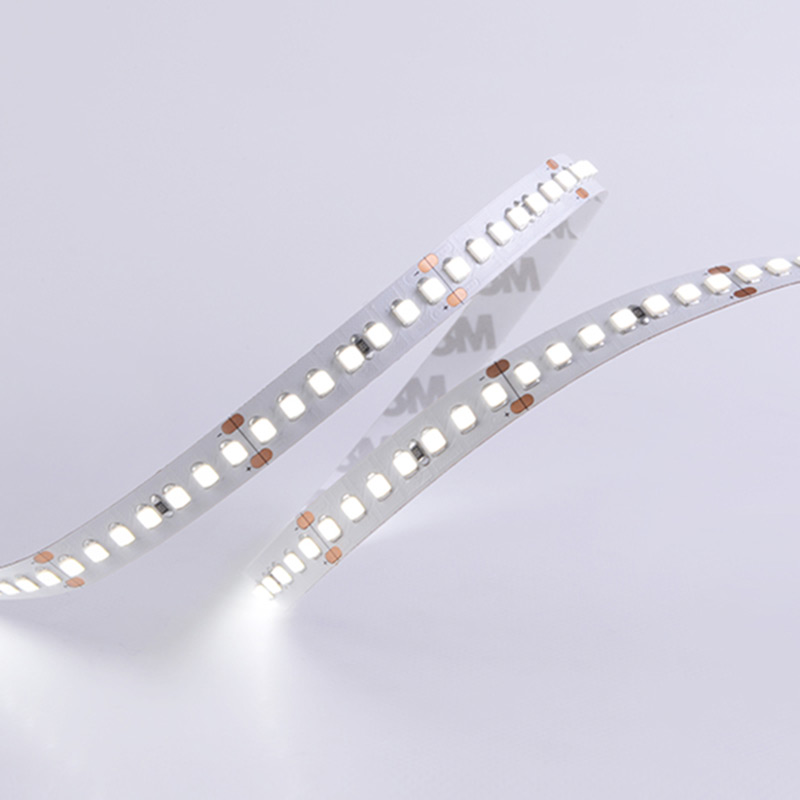
-
 Afrikaans
Afrikaans -
 Albanian
Albanian -
 Amharic
Amharic -
 Arabic
Arabic -
 Armenian
Armenian -
 Azerbaijani
Azerbaijani -
 Basque
Basque -
 Belarusian
Belarusian -
 Bengali
Bengali -
 Bosnian
Bosnian -
 Bulgarian
Bulgarian -
 Catalan
Catalan -
 Cebuano
Cebuano -
 Corsican
Corsican -
 Croatian
Croatian -
 Czech
Czech -
 Danish
Danish -
 Dutch
Dutch -
 ភាសាអង់គ្លេស
ភាសាអង់គ្លេស -
 Esperanto
Esperanto -
 Estonian
Estonian -
 Finnish
Finnish -
 French
French -
 Frisian
Frisian -
 Galician
Galician -
 Georgian
Georgian -
 German
German -
 Greek
Greek -
 Gujarati
Gujarati -
 Haitian Creole
Haitian Creole -
 hausa
hausa -
 hawaiian
hawaiian -
 Hebrew
Hebrew -
 Hindi
Hindi -
 Miao
Miao -
 Hungarian
Hungarian -
 Icelandic
Icelandic -
 igbo
igbo -
 Indonesian
Indonesian -
 irish
irish -
 Italian
Italian -
 Japanese
Japanese -
 Javanese
Javanese -
 Kannada
Kannada -
 kazakh
kazakh -
 Khmer
Khmer -
 Rwandese
Rwandese -
 Korean
Korean -
 Kurdish
Kurdish -
 Kyrgyz
Kyrgyz -
 Lao
Lao -
 Latin
Latin -
 Latvian
Latvian -
 Lithuanian
Lithuanian -
 Luxembourgish
Luxembourgish -
 Macedonian
Macedonian -
 Malgashi
Malgashi -
 Malay
Malay -
 Malayalam
Malayalam -
 Maltese
Maltese -
 Maori
Maori -
 Marathi
Marathi -
 Mongolian
Mongolian -
 Myanmar
Myanmar -
 Nepali
Nepali -
 Norwegian
Norwegian -
 Norwegian
Norwegian -
 Occitan
Occitan -
 Pashto
Pashto -
 Persian
Persian -
 Polish
Polish -
 Portuguese
Portuguese -
 Punjabi
Punjabi -
 Romanian
Romanian -
 Russian
Russian -
 Samoan
Samoan -
 Scottish Gaelic
Scottish Gaelic -
 Serbian
Serbian -
 Sesotho
Sesotho -
 Shona
Shona -
 Sindhi
Sindhi -
 Sinhala
Sinhala -
 Slovak
Slovak -
 Slovenian
Slovenian -
 Somali
Somali -
 Spanish
Spanish -
 Sundanese
Sundanese -
 Swahili
Swahili -
 Swedish
Swedish -
 Tagalog
Tagalog -
 Tajik
Tajik -
 Tamil
Tamil -
 Tatar
Tatar -
 Telugu
Telugu -
 Thai
Thai -
 Turkish
Turkish -
 Turkmen
Turkmen -
 Ukrainian
Ukrainian -
 Urdu
Urdu -
 Uighur
Uighur -
 Uzbek
Uzbek -
 Vietnamese
Vietnamese -
 Welsh
Welsh -
 Bantu
Bantu -
 Yiddish
Yiddish -
 Yoruba
Yoruba -
 Zulu
Zulu
កុម្ភៈ . 08, 2025 06:22
ត្រឡប់ទៅបញ្ជី
drum brake front wheel
Drum brakes have long been essential to automotive braking systems, especially for the front wheels of various vehicles. With a design rooted in decades of engineering advancement, drum brakes continue to offer specific advantages and reliability in certain applications. Their simplicity and cost-effectiveness make them a favored choice in particular segments of the automotive market.
In terms of modern developments, drum brake technology has not remained stagnant. Recent advances have introduced materials that enhance their performance, such as improved friction materials for the brake shoes that can significantly increase stopping power and resilience against heat build-up. Likewise, innovations in drum design focus on reducing weight without compromising strength, aligning with current automotive industry trends towards efficiency and sustainability. When considering the application of drum brakes on the front wheels of a vehicle, it's significant to weigh the vehicle’s intended purpose. Vehicles that frequently carry heavy loads, operate in rugged terrains, or require a less aggressive braking profile are often well-suited to drum brake systems. Though not the default choice for most new personal vehicles, they remain a solid option for specific use-cases. Trust in a braking system is fundamentally a matter of personal safety. Therefore, a vehicle manufacturer or mechanic should ensure the drum brake components are sourced from reputable producers. Using authentic, high-quality parts guarantees that the system will perform to its full potential under various driving conditions. Moreover, seeking professional advice based on expertise can offer further assurance. Consulting with an experienced mechanic or automotive expert who comprehensively understands drum brakes can provide invaluable insights into optimizing their function and extending their life. In conclusion, drum brakes on front wheels represent a blend of tradition and innovation, offering a practical solution where cost, ease of maintenance, and reliability are prioritized. Their continued refinement and adaptability to modern automotive needs make them a viable choice for specific applications, undeniably standing the test of time in the ever-evolving landscape of vehicle technology.


In terms of modern developments, drum brake technology has not remained stagnant. Recent advances have introduced materials that enhance their performance, such as improved friction materials for the brake shoes that can significantly increase stopping power and resilience against heat build-up. Likewise, innovations in drum design focus on reducing weight without compromising strength, aligning with current automotive industry trends towards efficiency and sustainability. When considering the application of drum brakes on the front wheels of a vehicle, it's significant to weigh the vehicle’s intended purpose. Vehicles that frequently carry heavy loads, operate in rugged terrains, or require a less aggressive braking profile are often well-suited to drum brake systems. Though not the default choice for most new personal vehicles, they remain a solid option for specific use-cases. Trust in a braking system is fundamentally a matter of personal safety. Therefore, a vehicle manufacturer or mechanic should ensure the drum brake components are sourced from reputable producers. Using authentic, high-quality parts guarantees that the system will perform to its full potential under various driving conditions. Moreover, seeking professional advice based on expertise can offer further assurance. Consulting with an experienced mechanic or automotive expert who comprehensively understands drum brakes can provide invaluable insights into optimizing their function and extending their life. In conclusion, drum brakes on front wheels represent a blend of tradition and innovation, offering a practical solution where cost, ease of maintenance, and reliability are prioritized. Their continued refinement and adaptability to modern automotive needs make them a viable choice for specific applications, undeniably standing the test of time in the ever-evolving landscape of vehicle technology.
មុន៖
បន្ទាប់៖
ព័ត៌មានចុងក្រោយ
-
What Are Drum Brakesព័ត៌មានJul.07,2025
-
Understanding Brake Drum Materialព័ត៌មានJul.07,2025
-
Semi-Trailer Brake Drum: A Key Component for Extreme Loads and Long-Distance Transportព័ត៌មានJul.07,2025
-
Drum Brake Pads for Saleព័ត៌មានJul.07,2025
-
Brake Drums for Saleព័ត៌មានJul.07,2025
-
Brake Drum Manufacturerព័ត៌មានJul.07,2025
-
Aluminum Brake Drums: The Future of High-Performance Carsព័ត៌មានJul.07,2025
